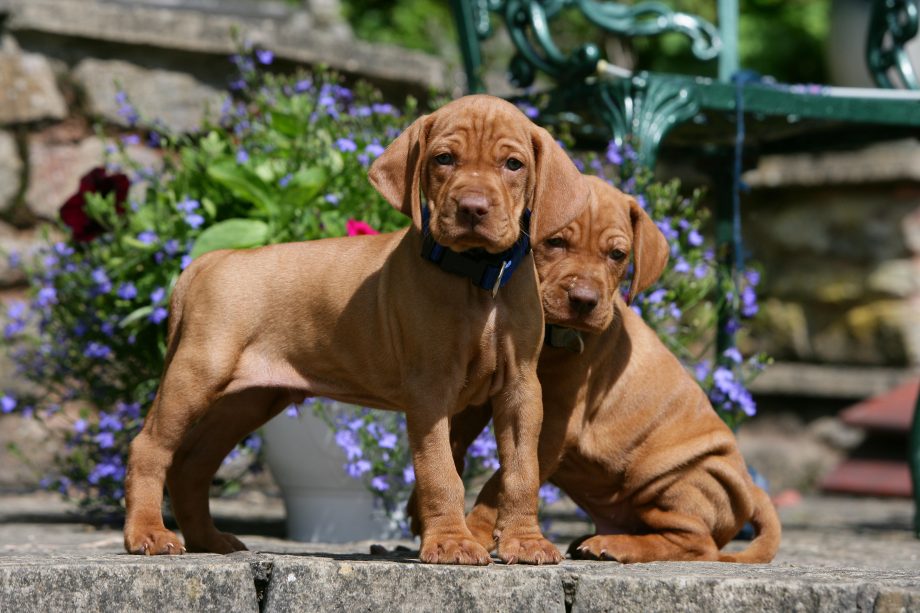We take a look at the breed of dog which has been crowned Best in Show at Crufts more often than any other: the cocker spaniel.
There have been 78 winners of the famous ‘Best in Show’ title at Crufts, with 43 different breeds of dog having taken the title. Yet one breed stands above all of them for frequency of victory: the Cocker Spaniel. English Cocker Spaniels have won the title seven times — no other breed has had more than four winners.

What’s the reason for that success? Is it the Cocker’s winning personality, intelligence or ability to stay calm? No doubt all those things helped, but the story revolves around a single breeder, Herbert Lloyd, whose Cocker Spaniels won the top award in the canine world no fewer than six times between 1930 and 1950.
H.S. Lloyd — as he was invariably known — recorded two wins with each of three dogs: Luckystar of Ware (in 1930 and 1931), Exquisite of Ware (1938 and 1939) and Tracey Witch of Ware (1948 and 1950). Mr Lloyd ‘dominated with this breed in a way that has not been seen since,’ says Bill Lambert of the Kennel Club.

Tracey Witch of Ware with H.S. Lloyd at the Crufts trophy presentation in 1948. © Kennel Club
There’s little doubt that ‘H.S.’ would have won several more Best in Show trophies had the Second World War not intervened, but he put his skills with dogs to good effect while Crufts was on hiatus. He became a technical advisor and head trainer of war dogs, who were primarily used for sniffing out mines and other explosives. Britain’s war dogs saved countless lives.
Since Lloyd’s day, Cocker Spaniels have won only one more ‘Best in Show’ title at Crufts — and that back in 1996. ‘That being said, this year we have 370 Cocker Spaniels vying for the coveted title,’ adds Bill, ‘so we’ll have to wait and see how they fare!’

Luckystar of Ware, H.S. Lloyd’s winning Cocker Spaniel of 1930 and 1931. ©Kennel Club
Despite the (relative) lack of rosettes, the breed remains hugely popular. ‘The Cocker Spaniel is the third most popular breed in the UK, and with the breed being both a working Gundog and a family dog, they are a real all-rounder,’ says Bill.
‘The Cocker Spaniel is known for being gentle, affectionate and friendly, something which is shown by its ever wagging tail!’

Cocker Spaniels have even had the royal seal of approval in recent years. When the Prince and Princess of Wales decided to get a dog (back when they were still Duke and Duchess of Cambridge), they went not for a corgi or a Labrador, but for a working Cocker Spaniel. For a while, Lupo got almost as much attention as his owners, accompanying the royal couple on weekends away, to the polo and Fortnum & Mason. He was even pictured being fed ice cream by Prince George.
Lupo also had a habit — particularly as a puppy — of chewing up antique furniture in Kensington Palace, but Cocker owners will forgive their charges anything. These loving, endlessly cheerful dogs are the ultimate all-rounders, as happy cuddling up to you on the sofa as they are charging through brambles. They stick to you like glue, and their loyalty will melt even the coldest of hearts. You’ll never be lonely with a working Cocker around — or bored.

These days, there are two recognised types of Cocker Spaniels: ‘field’ or working Cocker Spaniels and show Cocker Spaniels. Both came from the same type of dog, bred to flush woodcock — in fact, this is where their name comes from. The breed was recognised as a spaniel type separate from springers and field spaniels in the late 19th century, at around the time the Kennel Club was formed. Working Cockers are leaner and tougher than their show-dog cousins, with shorter coats and ears; indeed, they bear more than a passing resemblance to springer spaniels.
In the field, working Cockers really come into their own. They’re smaller than other gundogs, which enables them to get through even the densest cover, and they’re brilliant retrievers, carrying birds with ease. Their adaptability is another great selling point — they’ll stand by the peg patiently, or rootle around in the undergrowth. These attributes, together with their superior intelligence, has made them popular with police and border agencies, who use Cockers as sniffer dogs.
Originally published in Country Life in March 2020.

Sealyham terriers: The dogs that are small, friendly, full of character and great for families
We meet the courageous and cheerful Sealyham terrier, one of our rarest native breeds of dog.

Vizslas: Superior at first, but docile, gentle at heart and prone to stick to you like glue

Boxer dogs: Loyal, trusting and affectionate – once you get past the drool
Clownish and energetic, yet devoted and trainable, boxer dogs make an entertaining addition to the family.

‘We have been systematically shaping the brains of another species’: Study reveals full impact of selective dog breeding
Selective breeding in dogs influences far more than their outer appearance.

RSPCA begs public to adopt rather than buy dogs as ‘designer’ and ‘handbag’ dogs are abandoned in huge numbers
The public have been urged to consider rehoming a dog rather than buying a puppy, after an influx in fashionable

The top ten British dog breeds that need saving and quickly
French bulldog wins top spot over labrador as some of the most quintessentially British breeds are pronounced 'vulnerable' by the




